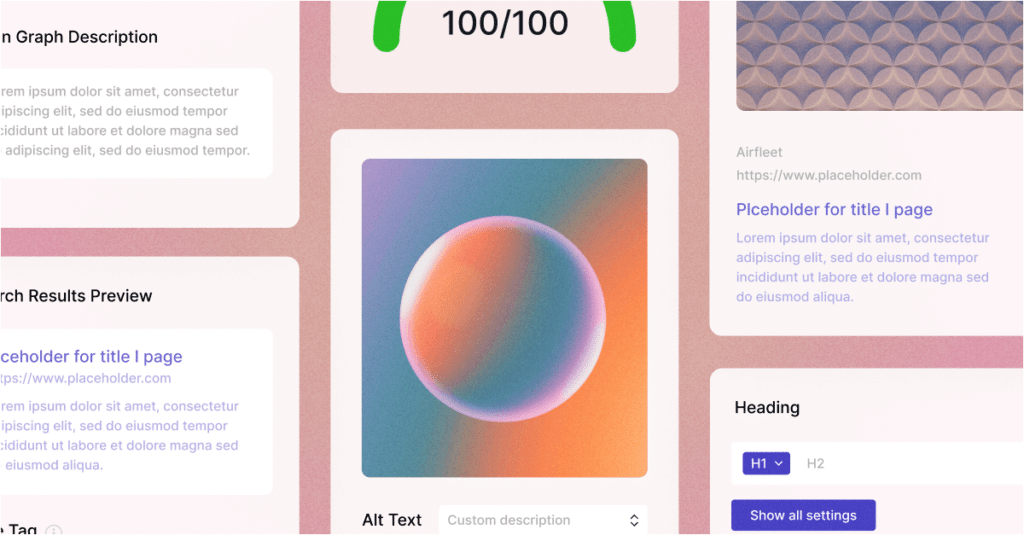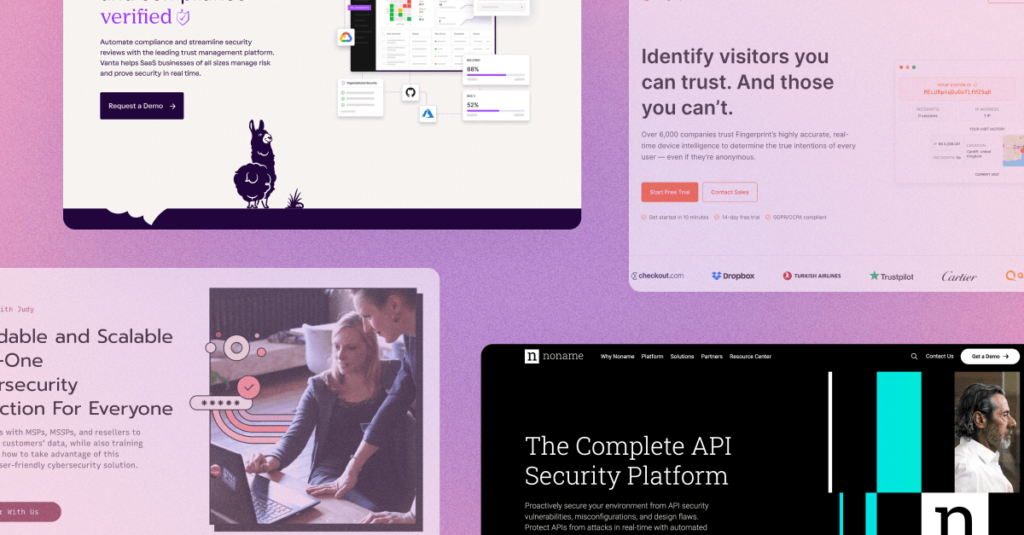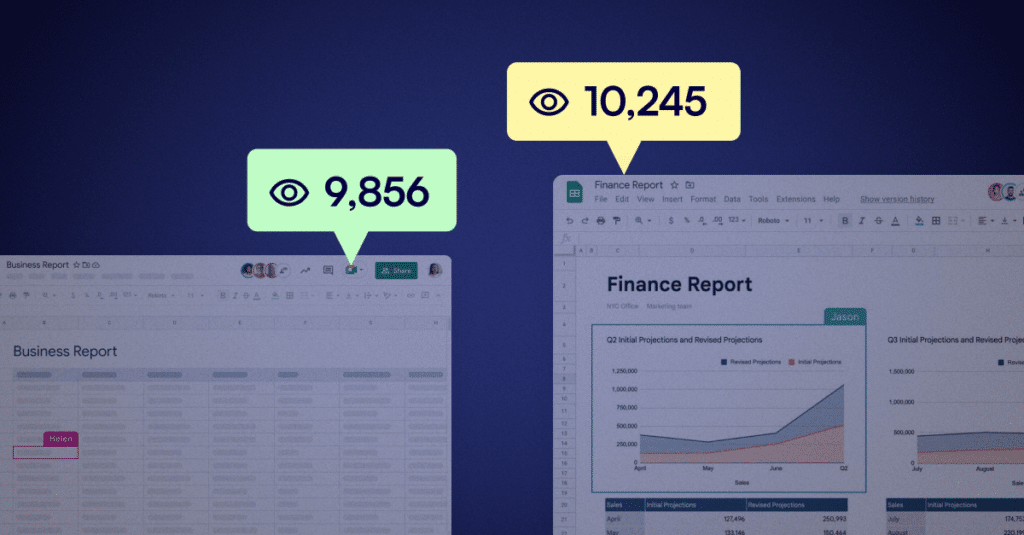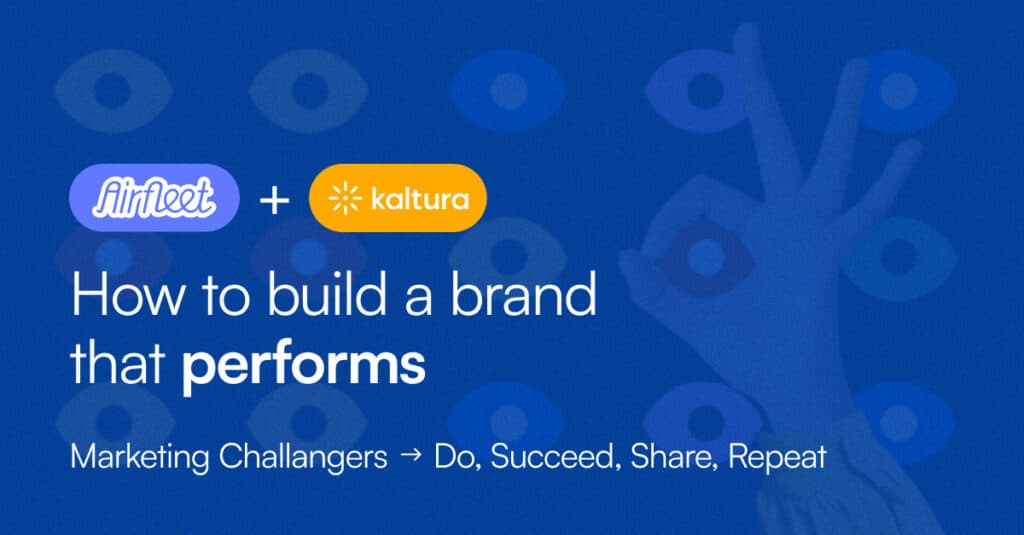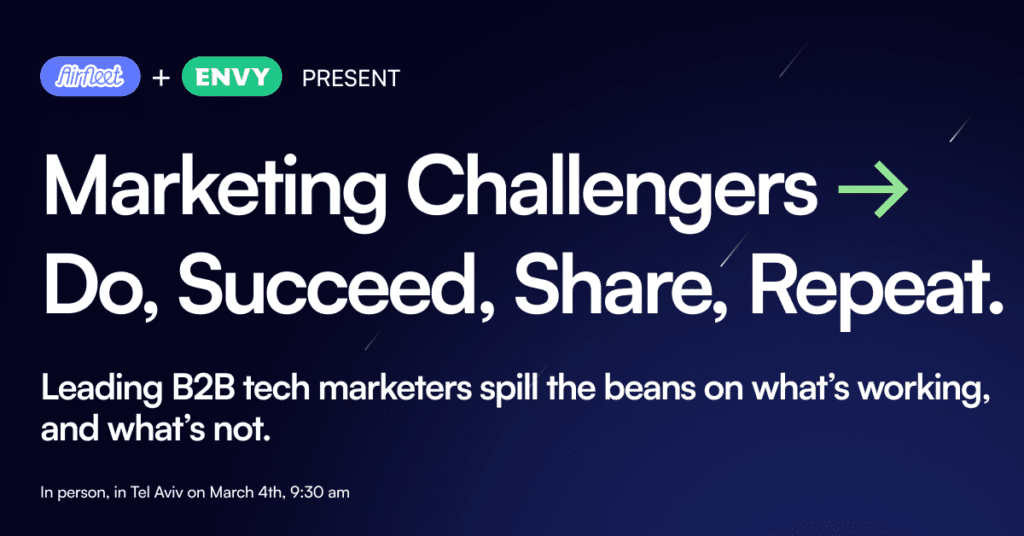How to Build a Brand that Performs & Prove It
Elad Hefetz of Airfleet and Lisa Bennett of Kaltura discuss what exactly is involved in building a brand – and designing a website to match.
Airlfeet CEO, Elad Hefetz, recently partnered with Kaltura CMO, Lisa Bennett, to discuss what exactly is involved in building, maintaining, and improving a brand – and how that should translate into your website.
Watch the full video here or keep scrolling for the writeup.
Marketers must understand the concept of a brand because aligning market perception and the brand we envision and promote is what we do. Brand is difficult to measure and a bit of a philosophical construct, but when you see it in action, it’s obvious.
Lisa Bennett, CMO of Kaltura, put it best:
“A brand, in my view, is the first impression that you get of a company, of a person, or of anything. I think the way we look at Kaltura’s brand has a lot to do with how we look, but also how we sound and how we want to make whoever’s listening to us feel. Communicating our brand can happen anywhere – from the minute a salesperson opens their mouth in a meeting to our homepage.
“Brand should shine through as much as possible during any interaction with the company.”
The problem many marketers face is that the CFO and CEO can’t measure brand in a way that’s meaningful to them. We can’t label a percentage of pipeline or bookings as “brand sourced.” While any great CMO knows that a brand can make or break a company’s chances at hitting their number, it’s difficult to convince your leadership team to divert funds into a dedicated brand budget.
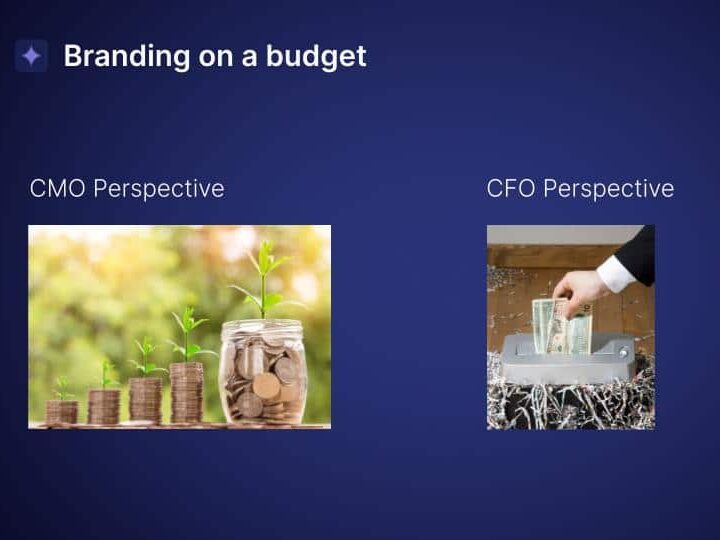
But as Lisa Bennett showed us at Airfleet’s Marketing Challengers event in Tel Aviv, it’s not impossible to prove the impact of your brand.
The TL;DR
Refining and consistently representing the Kaltura brand across all channels and embodying that brand on the new Kaltura home page resulted in:
- Increase in demos booked
- More click depth/pages consumed
- Extra on page interaction
- More scroll depth
Lisa Bennett and the Kaltura team consistently reported on metrics that allowed them to prove that the homepage brand refresh was an excellent investment.
Creating “Brandformance”
Lisa Bennett, like many marketers, doesn’t have a dedicated brand budget. Building the brand and creating consistency across departments took an intentional approach.
Any marketer must build brand guidelines. This is a great starting point! Lisa recommended going well above and beyond the typical style guide and constantly revisiting a living document that embodies the company brand.
“Although most of our budget, if not all, is going into performance, growth, demand gen, et cetera – or the science, so to speak – we never lose sight of the brand. We invest a lot of time in thinking about the brand and creating guidelines,” said Lisa.
“If you go to brand.kaltura.com, you’ll see our brand book. It’s something that we created six or seven years ago, but we’re constantly refreshing it.”

The brand book is extensive and we recommend checking it out. They’ve mapped out everything from the visual look and feel to the voice. Their tone of voice guidelines alone are 30-40 pages long. In other words, Lisa and the Kaltura team committed to documenting and socializing the brand – and have managed to stick with it.
“We also try to leverage our internal resources that are beyond marketing,” Lisa added. “You’d be surprised how far and wide the brand can go on social media. For example, every employee changing their profile banner on LinkedIn or sharing everything that we do from the Kaltura page, which gets a nice amount of traffic. We have a well-oiled machine, even though it’s sometimes still a struggle to just get Kalturians to use all the assets that we provide them.”
Lisa still spots sales presentations on old templates and email signatures with an old logo, but her team uses these findings as a chance to nudge people in the right direction.
What’s “Brandformance” got to do with websites?
We’re glad you asked! We’ll let Lisa answer:
“At the end of the day, every MQL, every deal, every opportunity goes through the website, whether you like it or not. These leads and deals don’t necessarily originate through the website, but everyone eventually is going to touch the website. It’s critical that the website portrays your brand and concisely tells a story.”
If your brand is on point, the KPIs business leaders love should move up and to the right. Leads increase, conversion rates improve, and deals should close faster.
Saying that achieving a performant brand is easy would be extremely misleading. It’s difficult to find the perfect blend of information and branding. Kaltura has a diverse portfolio of products and use cases, so even they find it difficult to choose one message.
“One of Kaltura’s challenges traditionally is that we cater to a wide range of audiences, which is great in a lot of ways. It brings in revenue from different areas. But on the other hand, we’re not a one trick pony. We have multiple products and we have multiple buyers – not just within an organization, but within all sorts of industries. How do we tell that story on a single page?” Lisa asked.
“Fortunately, people aren’t afraid of scrolling anymore. Our hero must hook the audience, but we can continue our story with a compelling video and use cases under the fold. We wanted a lot of motion because we deal with the world of video.”
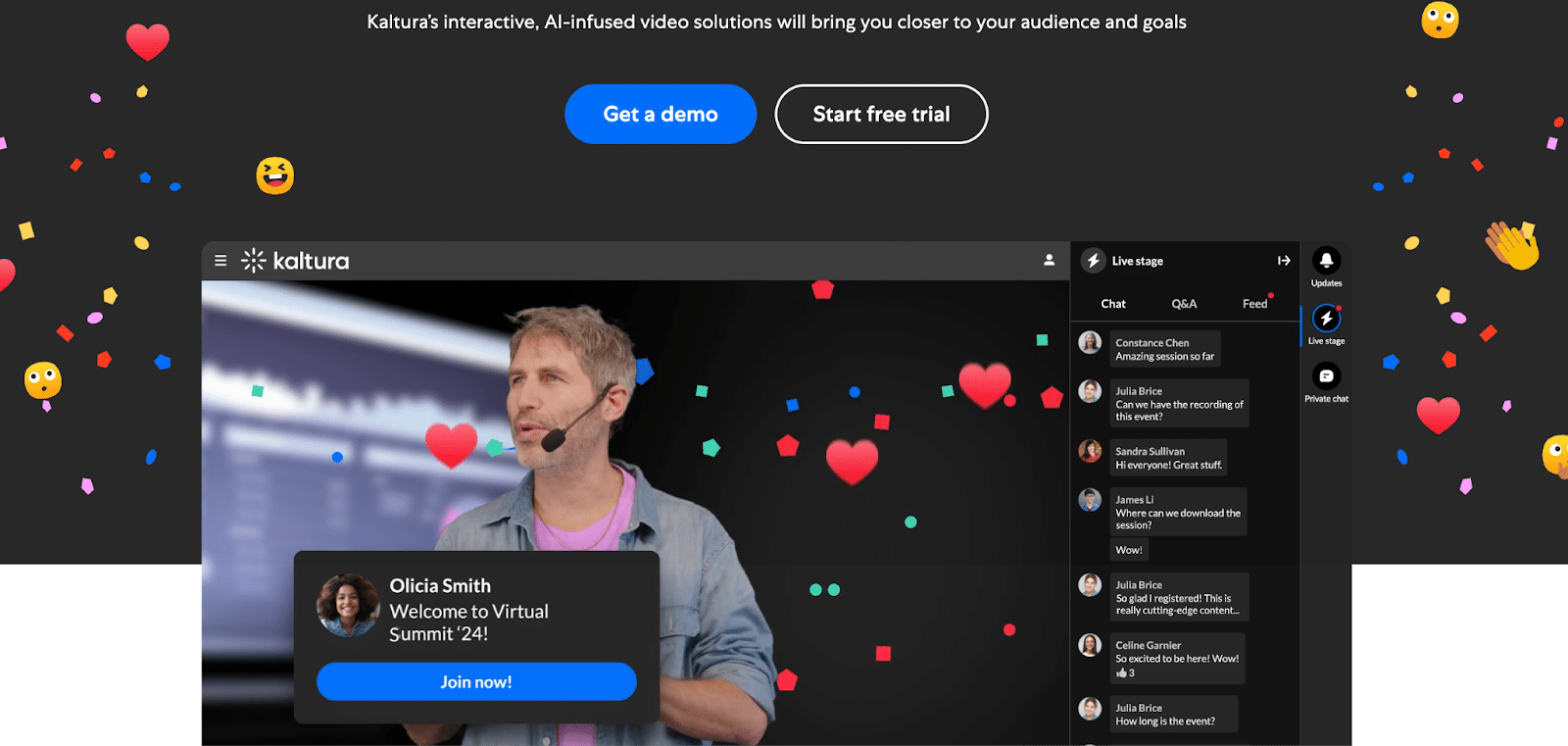
The website also introduced more variable and animated components like alternate logos for different verticals and use case examples.

It was also very important to Kaltura to stand out and differentiate from other vendors in the space. Embracing fresh colors and fun embellishments help them achieve this.
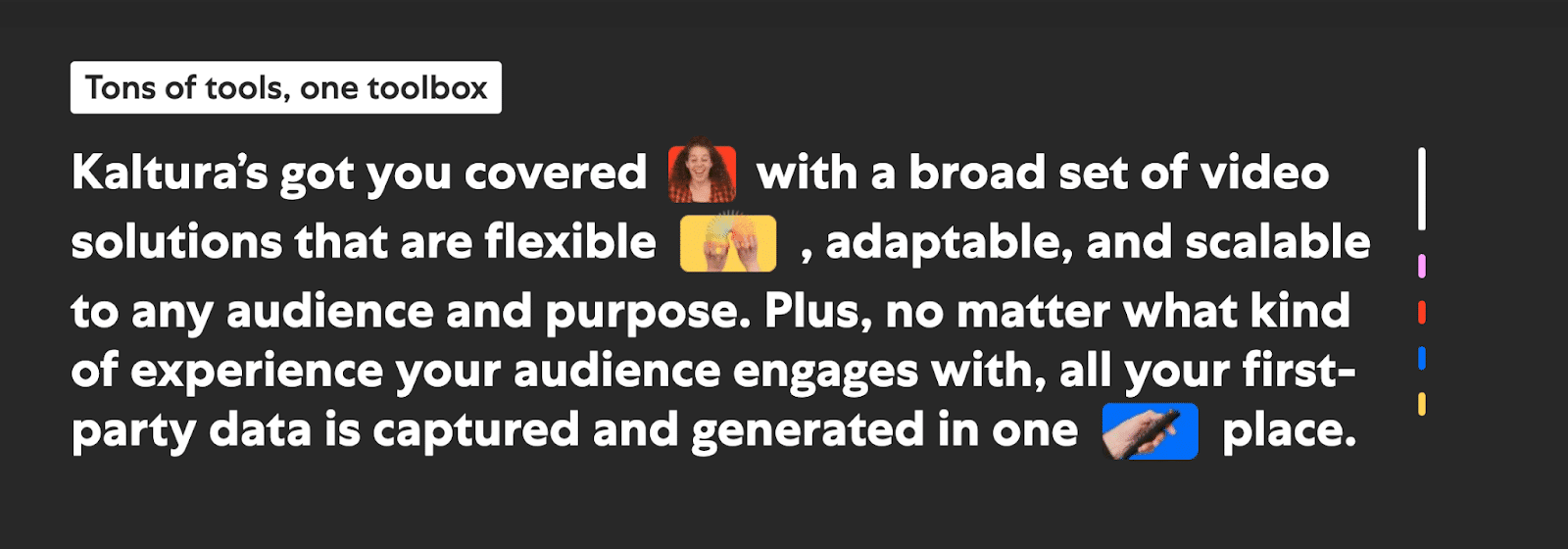
As Lisa said, “Remember, everybody is a person. This might be trivial, but I still have to say it: Even a B2B buyer wants to laugh. Even a B2B buyer wants something pretty. Even a B2B buyer wants to talk to a person and not just to see the same boring stock footage they’ve seen on seven other websites. It’s very important to remember that we’re talking to people and everybody likes to have fun.”
At Airfleet, we also like to remind people that your website should act as the anchor for every customer-facing interaction. Interactions with other departments and your product should consistently embody your brand.
“Brand is everything. If you’re not connecting all of the dots – including your product design – you’re missing the mark,” Elad pointed out. “Work with your product designer to make sure that the product matches your marketing brand. Obviously it’s much harder to do this in your product than on the website, but if your product doesn’t match the experience visitors get on the website, you’re losing your prospect’s trust. If they see a beautiful screenshot and an amazing website, and then they see a live demo and your product is straight out of the 2005 design book, it’s a bad experience.”
How can you measure the impact of your brand?
Measuring the impact of a major rebrand is easier than trying to measure the impact of a well established brand. However, it’s possible to measure the impact of a well-established brand if you look for ways to optimize and improve the representation of your brand.
The CFO and CEO always want to see more revenue. We’ll show you how to tie these initiatives to revenue, but we’ll also point out leading indicators that are important as well.
Measuring a brand refresh
Before you change anything, it’s extremely important to measure and document your baseline metrics throughout the funnel. We recommend establishing several quarters worth of data for:
- Topline website traffic and engagement including time spent, CTA submissions, lead volume, and how many opportunities were generated from those leads (ideally with the ability to segment by audience)
- Key page traffic and engagement including time spend on your page, CTA submissions, lead volume, and how many opportunities were generated from those leads (ideally with the ability to segment by audience)
- Marketing generated leads by channel, their conversion rate into opportunities, pipeline generated, opportunity close rate, and bookings
- Sales funnel metrics like time to sale, average deal size, and win rates
All of these metrics should be re-evaluated and stamped regularly before, during, and in the months following a brand refresh and website redesign. Lead volume and conversion rates from website sources, like demo requests, demonstrate a direct correlation to a rebrand’s positive impact on revenue.
We measure lead volume by all channels even though they don’t directly correlate with a website redesign. However, they should be positively impacted by improved and consistent branding.
Because Kaltura consistently measured key marketing metrics, they were able to spot early indications that their website rebrand had a positive impact on their go-to-market performance.
“Like I said, every person that is in our funnel at some point is getting to the homepage or to the website. I’m delighted to share that we’ve seen a nice increase in demo requests since we launched our new homepage a couple of months ago,” Lisa said.
At Airfleet, we were also thrilled with increased engagement demonstrated by additional time on the website, more pages consumed, extra on-page interactions, and more scroll depth. These are great indications that we are moving in the right direction with the latest redesign.
Measuring the established brand
You’ll notice that Kaltura has been around for quite some time. The trick to measuring brand impact is focusing on incremental improvements. We recommend consistently measuring the same metrics we outlined above and working with an analyst to look for new trends or patterns outside of those standard metrics.
For example, if your company has committed to improving customer experience by improving the product interface and incorporating company values into their interactions, has there been an improvement in online ratings, reviews, or other feedback?
Perhaps your company hasn’t evaluated the website for quite some time. Can you improve the buyer journey by streamlining your navigation? Even a subtle change can positively impact demo requests, demos booked, and key pages visited.
Consult with an analyst or operations person on your team to figure out which metrics could be tied to the change. The closer to a revenue metric you can get, the more impressed your CEO will be – but represent your impact realistically. We can rarely take credit for 100% of a sale in marketing, but we can prove that we improved the sales team’s chances.
And if you can’t think of a single way to improve upon your brand, congratulations! You’re already exceeding all of your targets and have no need to change a thing.
For those who haven’t reached perfection, we’re here to help. Please take advantage of our offer to chat about how to ensure your website mirrors your brand.

